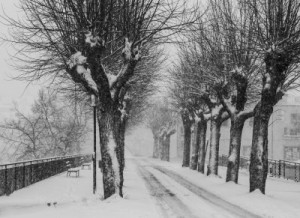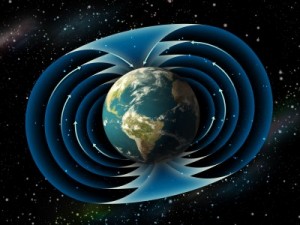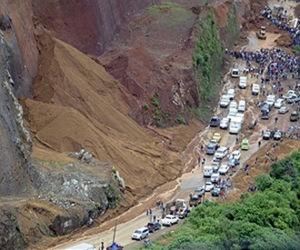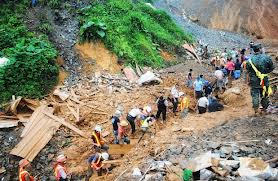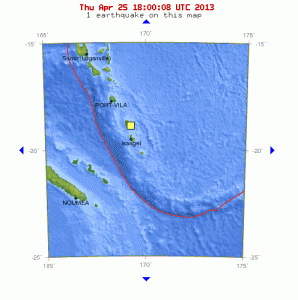Temperatures fell over 30 degrees in numerous Midwestern and Southern US states when an unseasonable May storm dropped more than a foot of snow across the central Plains and the upper Midwest on May 2, 2013. The winter storm dumped about 18 inches of snow across parts of northern Wisconsin, and more than 15 inches fell in southern Minnesota, according to the National Weather Service.
Trace amounts of snow fell in the panhandles of Texas and Oklahoma, and more than 10 inches of rain fell in parts of Mississippi and Alabama.
Just A Freak Storm Or Evidence Of A Pole Shift?
This strong winter storm – in May – is no accident or freaky coincidence because anything that happens on the Earth, happens for a reason. Freaky storms just don’t appear – something triggers them.
Pole Shifts Are Speeding Up
The NOAA National Geophysical Data Center maintains a data set of annual magnetic north pole coordinates going back to the year 1590. After studying 420 years of north magnetic pole position data, NOAA configured that the degree of the magnetic pole shift over the past 10 to 20 years has sped up substantially[i].
The pole shifts, both the magnetic poles and the geographic poles, have remained at 400-year record highs during the 21st Century, and the cumulative effect is now beginning to cause real-world issues. At the current rate of polar wandering, there is little doubt that this will result in direct effects all over the planet in the years ahead. Navigational charts and maps will need to be constantly adjusted, and GPS navigation will be impacted, as will most modern technology.
A Mirror Image
On all of the terrestrial planets in our solar system, the magnetic poles and the geographic poles mirror one another. In other words, the poles stick close together. So, if the magnetic poles wander and shift, the geographic poles follow.
A shift at the North Pole, no matter how small a shift, will have a trickle-down effect all over the planet. This “shift” creates changes in global climate patterns, shifts in the Jet Stream, relocates the ocean currents, and creates an increase in earthquakes, volcanoes, violent storms, wildfires, and tsunamis.
So, this May winter storm was no freak accident. We witnessed an Earth “shift.”
[i] NOAA National Geophysical Data. British Geological Survey. April 11, 2011.
